Nha vuon and the diversity of the gardens, reflecting the house owner’s life style, is a characteristic trait of the city by the Huong (Perfume) River in central Vietnam.
A Hue nha vuon usually consists of main and back entrances in the surrounding fence, and a small wall, rockwork and plants in the front yard and the house itself.
A tree often grows in front of the home’s entrance gate. The rather high gate is topped with a small roof, large enough to give passers-by temporary shelter from sun and rain.
In the middle of the garden, a binh phong (a brick wall) rises in front of the house, serving as a defence and protection of the altar in the main room of the house. The path leading around the wall from the entrance gate is lined with tea bushes or apricot trees.
The first row of flowers farthest way from the house is made up of decorative plants, according to the taste of the owner. The second row includes slim fruit trees, such as thanh yen (a type of citrus tree), arena and lime trees.
The third row is composed of large fruit trees carrying jack-fruits, longan or guavas. Then come rows of aromatic herbs or medicinal plants. In short, there is a bit of everything, even in smaller gardens.
The typical house is a nha ruong made with a timber frame, and roofed with brick tiles.
The whole house stands on big pillars placed on a round or square stone base, which is sometimes decorated. The altar of the ancestors occupies the central room.
The home’s frames and pillars are usually made from precious, solid wood, such as lim (iron wood), gu (sindora), gie loi (Vietnamese oak) or song xanh (Teranthera pine).
Among the most famous garden houses are Lac Tinh Vien, An Hien, Ngoc Son, Ty Ba Trang and Tinh Gia Vien.
Poet Hong Khang built Lac Tinh Vien in 1889 on an area of 2,070 square metres. The garden has a beautiful and cool setting, with two symmetrically arranged rows of hibiscuses, roses and laurel along the path leading to the house.
Under the trees are small tables and chairs to rest and drink tea. At the end of the path is a wall shaped like an open book.
An Hien was built in the late 19th century and covers 4,608 square metres. Originally the 18th daughter of Emperor Duc Duc lived in the building.
After 1895, it was transferred to Pham Dang Thap, a son of a high-ranking mandarin under the Gia Long reign. Then, in 1920 the house went to Tung Le, before Nguyen Dinh Chi, a provincial chief, bought it in 1938.
An Hien garden has all the traits of a perfect nha vuon - a long alley, a magical brick wall, a court-yard, many different flowers and trees of all colours. It also features great variety of ornamental plants, a water-lily pond, and orchard fruit trees from the three parts of the country. At the centre, a decayed timber house stands with 48 columns for the cult of the ancestors and Buddha, a reading pavilion and other buildings.
Ngoc Son was the residence of Princess Ngoc Son, daughter of Emperor Dong Khanh. When she got married, her father granted her an area of 2,370 square metres to build the house, and descendant generations have preserved it well.
The nha vuon boasts a rockwork and lotus pond. The whole garden area is arranged in line with eastern geomancy rules.
Built in 1949, Ty Ba Trang was the private residence of Professor Nguyen Huu Ba, former director of Hue National Conservatory.
The 1,000-square-metre garden house has been turned into a museum for traditional music from the country’s north, south and centre, including Hue. On display in the house is a collection of ty ba, a Chinese pear-shaped guitar with four strings made of braided silk that was mainly used in the royal court orchestra.
A princess first lived at Tinh Gia Vien, which was transferred to a mandarin under the Nguyen Dynasty. In 1979 Nguyen Van Huu Van, a musician and Prof. Ba’s nephew, bought it.
An adorer of bonsai, Van made his residence into a bonsai garden, with more than 300 different species, and embellished it with a spectacular rockwork. The highlights include 150-year-old apricot bonsai and 200-year-old cycad bonsai.
Gia Phuc - Saigon Times

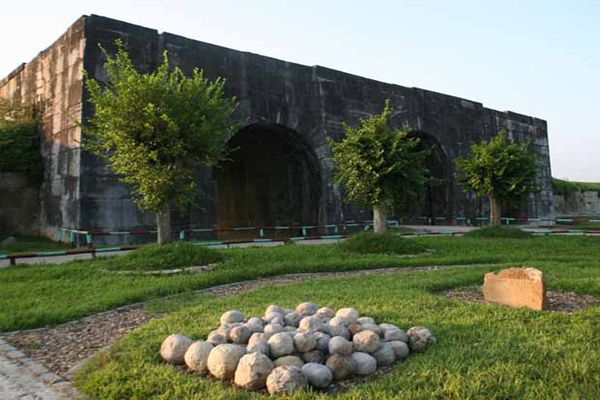
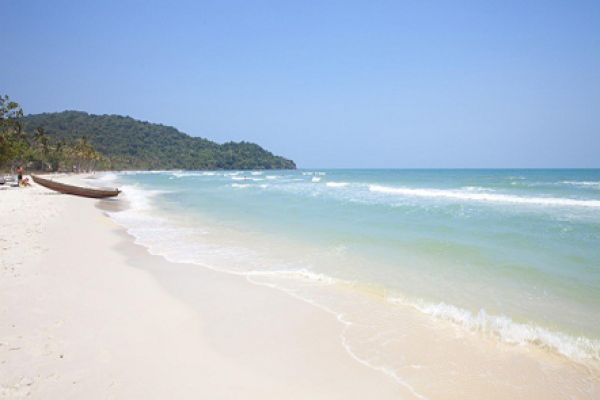
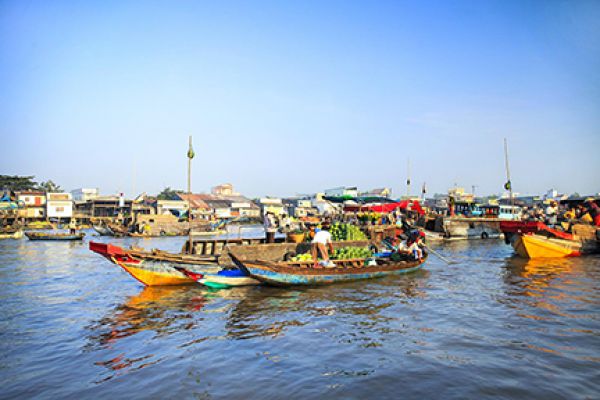




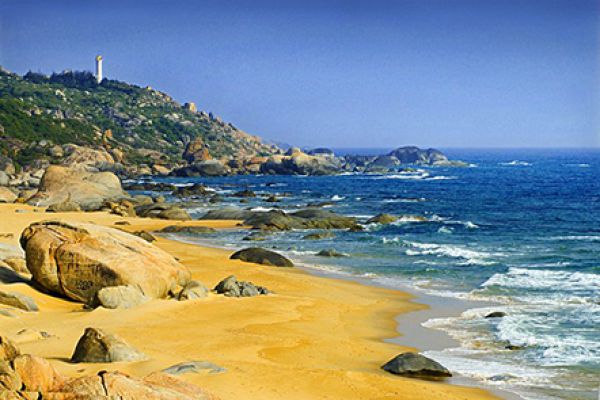
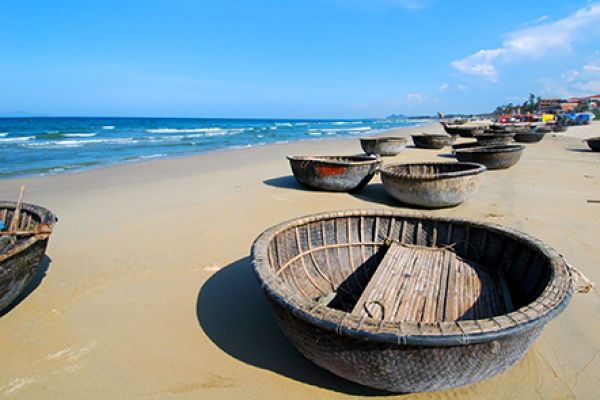
(84-63) 3 826042 – (84-63) 3 511142
No 54 Nguyen Dinh Chieu, Ham Tien Central Mui Ne Beach Binh Thuan Vietnam
523 To Hien Thanh District 10 Ho Chi Minh City Vietnam
Ha Long Halong City Quang Ninh Vietnam
A13 Hung Thong 2 Halong City Quang Ninh Vietnam




